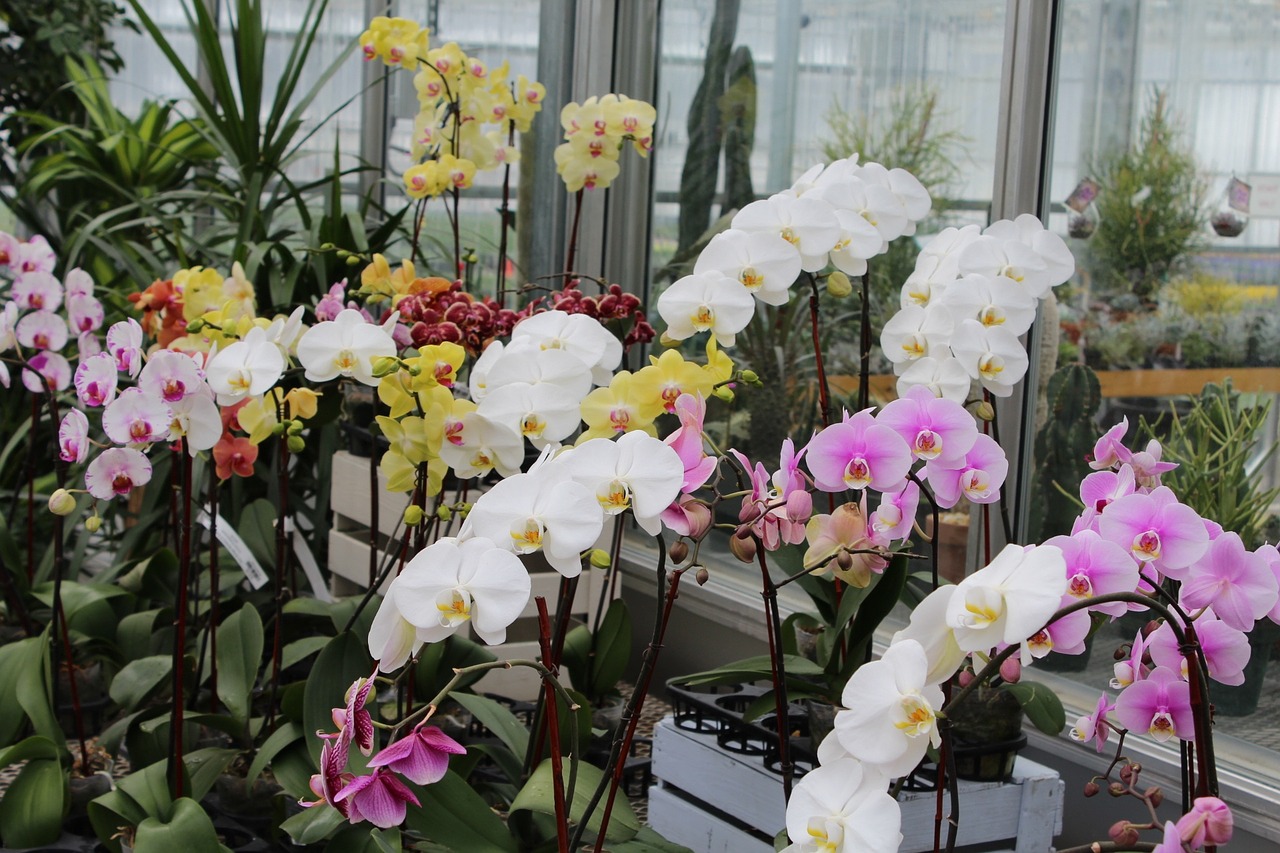How To Care For Orchids

 Moth orchids (Phalaenopsis) flourish in centrally heated homes and bloom for a longer period of time. They are accessible in an extensive variety of flower colors, and what’s best is that you can fit a moth orchid in any home.
Moth orchids (Phalaenopsis) flourish in centrally heated homes and bloom for a longer period of time. They are accessible in an extensive variety of flower colors, and what’s best is that you can fit a moth orchid in any home.
The popularity of moth orchids has prompted to different sorts of orchids turning out to be all the more promptly accessible in garden centers, including Dendrobium, Paphiopedilum, Oncidium, Vanda and Cambria hybrids. These are all simple to develop in many homes, delivering sensational presentations of exotic flowers.
Watering
Overwatering is the most common way to kill orchids. To abstain from giving your plant an excess of water, always lift the pot first to check if it feels heavy – water just when it feels light. In the event that your moth orchid is in a transparent pot, take a look at the roots. Try not to water if they are green, but wait until they look silvery. Nourish with orchid manure from spring until autumn.
Sunlight
 Place the orchids where they’ll get enough sunlight, however it shouldn’t be direct. A lot of light can burn the leaves, bringing damage that will keep hurting the plant for a long time. In the event that your orchid gets scorched, don’t detach the damaged leaves unless the plant has a few extra healthy leaves.
Place the orchids where they’ll get enough sunlight, however it shouldn’t be direct. A lot of light can burn the leaves, bringing damage that will keep hurting the plant for a long time. In the event that your orchid gets scorched, don’t detach the damaged leaves unless the plant has a few extra healthy leaves.
Humidity
Most indoor orchids originate from humid, tropical regions, so these plants like a humid atmosphere. In most centrally heated homes the air is dry. You should mist the foliage every two to three days using utilizing lukewarm water, however abstain from splashing the blooms, as the petals can get marked by water. Then again, you can place the pot on a tray with moist gravel.
See also: Why Are Your Orchids Not Blooming? Try These Tricks And You Will Be Surprised
Repotting
Orchids don’t need regular repotting and frequently flourish when root-bound. However,after two or three years you can remove them from their pots and expel as much as you can the old compost. Replant in a similar pot with new orchid compost or pick a bit bigger pot if the plant won’t fit.
Treat pests and diseases
 The most widely recognized orchid pests are scale insects and mealybugs. Indications of infestation incorporate stickiness on the leaves or adjacent surfaces, or dark sooty mold. Scale bugs can be found on the leaf surfaces (above and underneath) and blossom stalks, while mealybugs incline toward new leaves. It’s anything but difficult to expel bugs by hand, utilizing a soapy sponge to clean the leaves. You can also spray them with an insecticide.
The most widely recognized orchid pests are scale insects and mealybugs. Indications of infestation incorporate stickiness on the leaves or adjacent surfaces, or dark sooty mold. Scale bugs can be found on the leaf surfaces (above and underneath) and blossom stalks, while mealybugs incline toward new leaves. It’s anything but difficult to expel bugs by hand, utilizing a soapy sponge to clean the leaves. You can also spray them with an insecticide.
It is always a good idea to keep the label because there are some types that need specific care. For instance, showy Vanda orchids – which are regularly developed in glass vases without compost – require a particular watering schedule. Fill the vase with water daily in the summer, then discharge it after 30 minutes. Vandas additionally require direct sunlight, which would scorch a moth orchid.
Video source: ohmybloom YouTube Channel


